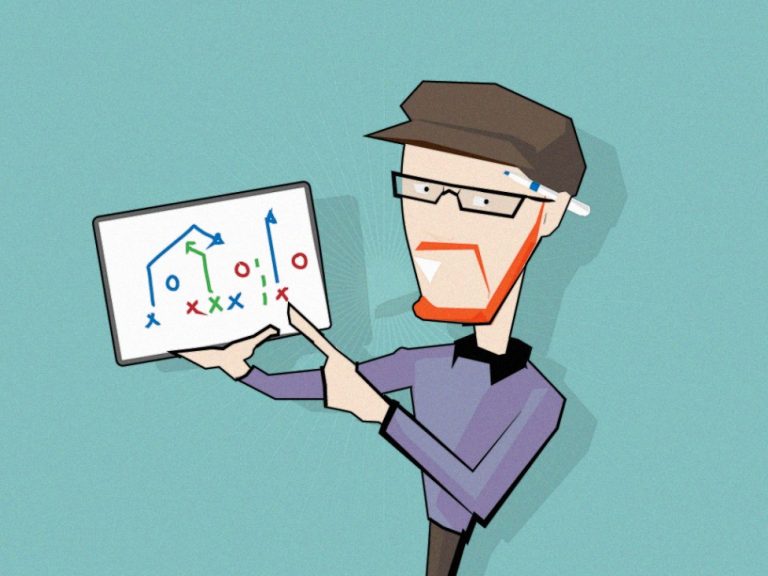Digital Marketing is communicating value to your customers using digital tools.
The strategy is the same as regular marketing but the tools are more efficient, more effective, and allow you to measure, monitor, analyze, and test results better and faster than traditional tools.
Traditional Marketing Tools:
- Newspaper
- Radio
- TV
- Billboards
- Magazines
Digital Marketing Tools:
- Search Engines
- Social Media
- Paid Ad Platforms
- Blogging
- Emails
- Videos
Using traditional tools will still give you results but with the right digital marketing tools you can take it to the next level by reaching more people, targeting your ideal business demographics, seeing exactly how many ads turned into conversions, and accurately measuring the return on investment in real time.
As it stands right now most people already rely on the internet and mobile devices and with that number still growing there has never been a better time to break into the digital landscape.
Analytics in Digital Marketing (Modified from the printed Marketo guide)
The following are common analytics that can be measured using digital marketing tools.
Impressions – The number of times your ad is displayed.
Reach – The number of people who received impressions of your ad.
Clicks – The number of times your ad has been clicked on.
Click-Through-Rate (CTR) – A measurement of the efficiency of your ad comparing the number of impressions to the number of clicks.
Engagement Rate – A measurement that shows how many people engaged with your ad (“liked” on Facebook, shared, commented, clicked on, etc.).
Conversions – A metric that tracks how many actions or acquisitions were completed based on the ad (visit your website, clicked on specific links, made a purchase, etc.).
Cost-Per-Lead – This metric measures the cost efficiency of your ad when it comes to generating sales leads.
Effective Cost-Per-Thousand – A metric that divides the total earnings from an ad by the total number of impressions in thousands helping advertisers to get an accurate view of the return on investment.
Return on Investment (ROI) – This metric measures the amount of money generated by the ad in comparison the cost of running the ad.
Lifetime Customer Value (LCV) – A prediction of the new profit attributed to the entire future relationship with a customer.
Different Types of Digital Marketing
Modified from Hubspot’s blog
Search Engine Optimization (SEO)
This is the process of optimizing your website to “rank” higher in search engine results pages, thereby increasing the amount of organic (or free) traffic your website receives.
Content Marketing
This term denotes the creation and promotion of content assets for the purpose of generating brand awareness, traffic growth, lead generation, and customers.
Social Media Marketing
This practice promotes your brand and your content on social media channels (Facebook, Twitter, Intagram, etc) to increase brand awareness, drive traffic, and generate leads for your business.
Pay-Per-Click (PPC)
PPC is a method of driving traffic to your website by paying a publisher every time your ad is clicked. One of the most common types of PPC is Google AdWords, which allows you to pay for top slots on Google’s search engine results pages at a price “per click” of the links you place.
Display Ad Marketing
A variant of PPC that, instead of putting you at the top of a search engine, will display your ads on many sites throughout the internet. Display ads are all over the internet, we see them all the time, they are the boxes on webpages that are obviously advertising.
Affiliate Marketing
This is a type of performance-based advertising where you receive commission for promoting someone else’s products or services on your website or other marketing.
Native Advertising
Native advertising refers to advertisements that are primarily content-led and featured on a platform alongside other, non-paid content. BuzzFeed-sponsored posts are a good example, but many people also consider social media advertising to be “native” — Facebook advertising and Instagram advertising, for example.
Marketing Automation
Marketing automation refers to the software that serves to automate your basic marketing operations. Many marketing departments can automate repetitive tasks they would otherwise do manually.
Email Marketing
Companies use email marketing as a way of communicating with their audiences. Email is often used to promote content, discounts and events, as well as to direct people toward the business’s website.
Online PR
Online PR is the practice of securing earned online coverage with digital publications, blogs, and other content-based websites. It’s much like traditional PR, but in the online space.
Inbound Marketing
Inbound marketing refers to the “full-funnel” approach to attracting, engaging, and delighting customers using online content. You can use every digital marketing tactic listed above throughout an inbound marketing strategy.
Campaign Tracking
Centred an idea or promotion or a specific tool. You can track the results of a campaign.




